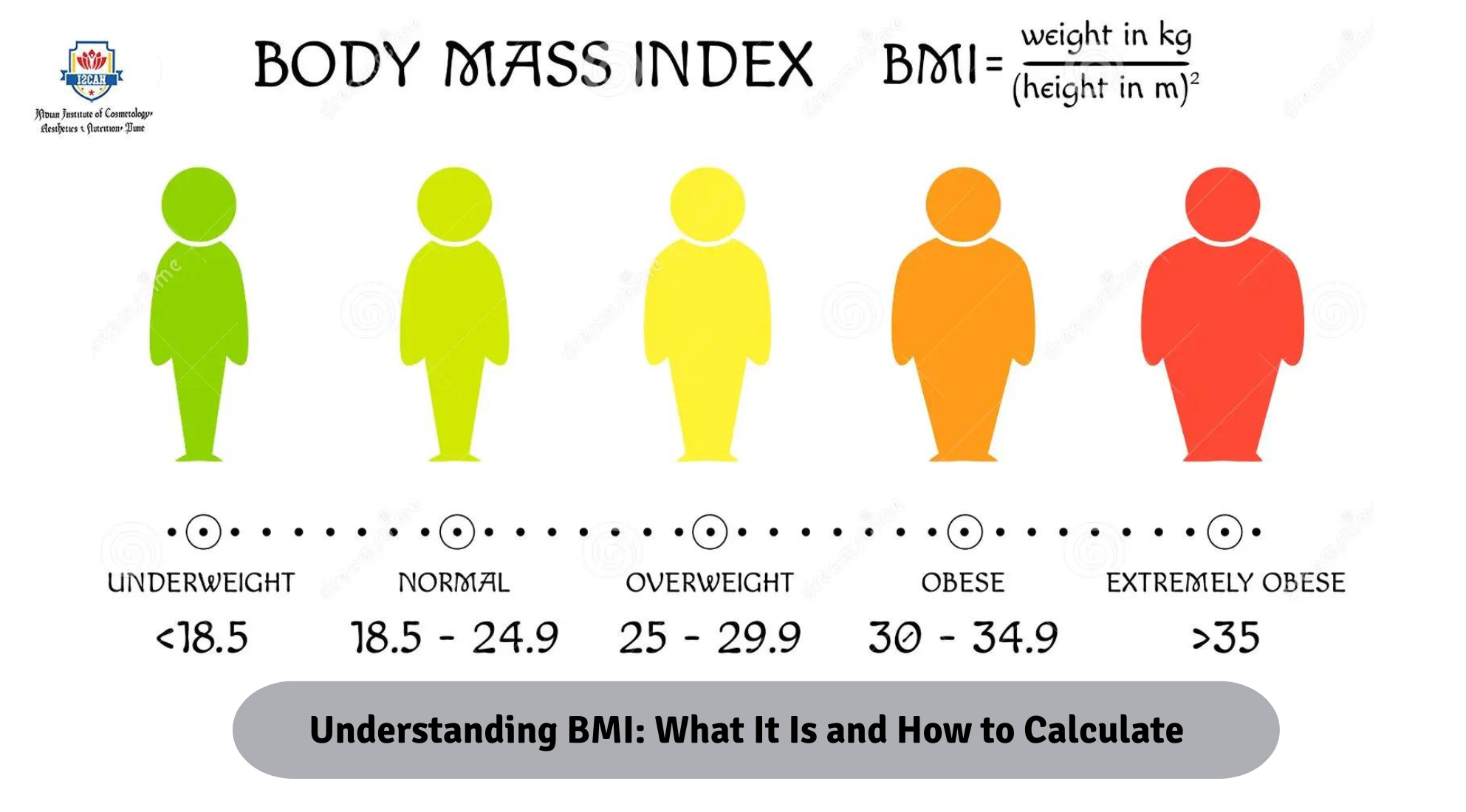Body Mass Index (BMI) is a widely used tool to assess body composition and overall health. It provides a simple numerical value that categorizes individuals into different weight status categories, such as underweight, normal weight, overweight, and obesity. In this comprehensive guide, we will delve into the intricacies of BMI, exploring its definition, significance, calculation methods, limitations, and practical implications.
What is BMI?
Body Mass Index (BMI) is a measure of body fat based on an individual’s weight and height. It is calculated by dividing a person’s weight in kilograms by the square of their height in meters (kg/m²). The resulting number is interpreted to determine the individual’s weight status.
BMI Categories:
BMI is commonly categorized into several ranges to classify weight status:
- Underweight: BMI less than 18.5
- Normal weight: BMI between 18.5 and 24.9
- Overweight: BMI between 25 and 29.9
- Obesity:
- Class I: BMI between 30 and 34.9
- Class II: BMI between 35 and 39.9
- Class III: BMI 40 or higher
Calculating BMI:
The calculation of BMI involves a straightforward formula:
BMI = kg/m2
Where weight is measured in kilograms and height in meters. The resulting BMI value provides a standardized measure of body fatness, allowing for easy comparison across individuals and populations.
Interpreting BMI:
Once you have calculated your BMI, you can interpret it using the categories mentioned earlier. For instance, a BMI of 22.86 falls within the normal weight range.
Significance of BMI:
BMI serves as a valuable screening tool to identify individuals at risk of weight-related health problems. It helps healthcare professionals assess the likelihood of developing conditions such as heart disease, diabetes, hypertension, and certain cancers.
Limitations of BMI:
While BMI is widely used, it does have limitations. It does not differentiate between fat mass and muscle mass, nor does it consider factors such as muscle distribution, bone density, age, gender, or ethnicity. As a result, individuals with a high muscle mass, such as athletes, may have a high BMI despite being healthy and fit.
Practical Implications:
Despite its limitations, BMI remains a useful tool for assessing population health trends and guiding public health interventions. It can prompt individuals to engage in healthier lifestyle behaviors, such as adopting balanced diets and increasing physical activity levels.
Conclusion:
Body Mass Index (BMI) is a simple yet valuable tool for assessing body composition and health risks associated with weight. By understanding how to calculate and interpret BMI, individuals can gain insights into their weight status and take proactive steps to maintain or improve their health. However, it’s essential to recognize BMI’s limitations and consider other factors when evaluating overall health and fitness.

